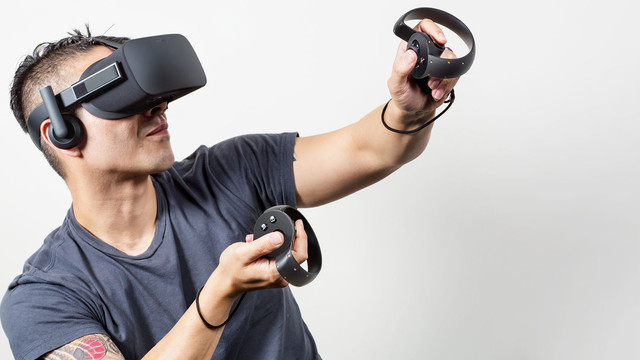
The approach effectively lowers the Oculus Rift’s minimum system requirements, opening up virtual reality platforms to a larger user base.
Like Oculus’ previously introduced Asynchronous Timewarp feature, Asynchronous Spacewarp is a frame rate smoothing technique that engages automatically whenever the Oculus Rift detects dropped frames due to insufficient computer processing power. The effect creates the illusion of a smooth frame rate, eliminating the stuttering video associated with virtual reality applications that don’t achieve full 90fps performance.
Oculus notes that the new approach is an improvement over Asynchronous Timewarp, as Rift technology is now able to account for additional factors like camera motion and positional player movement.
“[Asynchronous Spacewarp] generates extrapolated frames from previous frames generated by the VR application,” Oculus explains. “On the surface, this sounds quite a bit like [Asynchronous Timewarp], which is capable of extrapolating for only a single thing: the user’s head rotation. While this covers many of the hitches, it’s not a magic bullet.
“ASW works in tandem with ATW to cover all visual motion within the virtual reality experience. This includes character movement, camera movement, Touch controller movement, and the player’s own positional movement. If the application falls behind the display’s frame rate, the experience typically remains smooth and enjoyable.”
Oculus has also released an SDK for its upcoming Oculus Avatar application, which allows users to create customizable characters that can appear across multiple VR games. Starting this week, Rift owners can begin crafting their Oculus Avatars using an Oculus Remote or Xbox controller, and Avatars will start appearing in games like Sports Bar VR and Kingspray following next month’s launch of the Oculus Touch controller.


